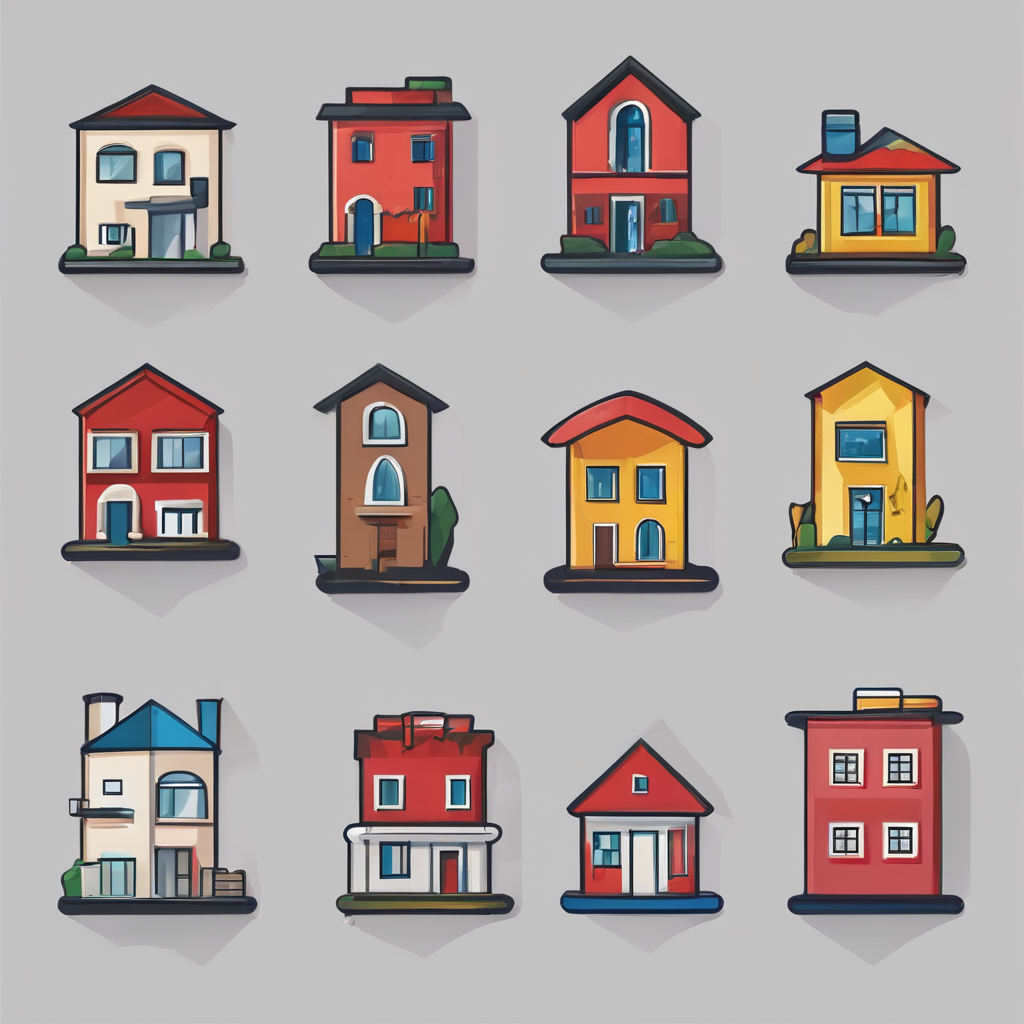Overview of New UK Insulation Standards
The latest UK insulation standards bring significant advancements, aiming to bolster energy efficiency across residential properties. This initiative is particularly crucial as it directly impacts the management of heat retention and energy costs. Enhancing insulation not only reduces the energy demands of homes but also contributes positively to environmental conservation efforts by lowering carbon footprints.
These new regulations present specific challenges and opportunities, especially for heritage conservation. Unlike modern buildings, heritage homes are bound by strict preservation guidelines, requiring careful integration of modern standards without compromising historical integrity. The intricacies of adapting to these standards lie in harmonizing energy-saving measures with the conservation of aesthetic and structural elements.
In parallel : Protecting Norfolk’s Wildlife: Innovative Strategies to Mitigate Property Development Risks
For heritage properties, maintaining historical character while meeting energy efficiency demands involves innovative solutions and sometimes bespoke approaches. The new insulation standards place emphasis on preserving the unique features of such homes, necessitating a balance between modern advancements and heritage conservation. The adaptation to updated standards might involve personalized strategies ensuring that historical architecture remains intact yet more energy efficient. This dual focus underscores the importance of the UK insulation standards in shaping both future and past constructions.
Implications for Heritage Properties
Integrating new insulation standards into heritage properties is challenging yet essential. Heritage homes often boast unique structural and aesthetic elements that can complicate compliance with updated regulations. Modern insulation products could potentially interfere with the original materials and architectural integrity of these historical residences. Ensuring the preservation of historical accuracy while enhancing energy efficiency calls for innovative approaches and tailored solutions.
Also to see : How High-Speed Internet Revolutionizes Rural UK Property Prices: An In-Depth Longitudinal Study
Challenges Faced by Heritage Properties
The primary challenge for heritage homes involves balancing preservation with the practical need for improved energy efficiency. Many such properties are constructed with materials and techniques that do not align with contemporary insulation practices. This discrepancy raises the question: “How can modern insulation be implemented without damaging historical features?” To achieve high precision in both preservation and efficiency, collaboration with conservation experts is crucial.
Case studies provide insight into common difficulties encountered during compliance. For instance, certain homes may require custom insulation solutions tailored to their specific historical context. They highlight the intricate process of integrating new materials with older construction techniques. By engaging in dialogue between preservationists, homeowners, and regulators, heritage properties can meet modern standards while safeguarding their historical essence.
Practical Tips for Homeowners
Maintaining energy efficiency in heritage homes requires thoughtful approaches tailored to their unique structure and aesthetic. To achieve this, selecting insulation materials designed for older properties is crucial. Natural fibres are often recommended as they offer breathability, reducing moisture risks. Additionally, aerogel can provide excellent thermal efficiency with minimal disruption due to its thinness.
Before making any modifications, consulting with conservation specialists is essential. Their expertise ensures compliance with preservation guidelines while integrating modern energy efficiency measures. Specialists can advise on solutions that respect both historical integrity and regulatory standards.
To balance modern insulation techniques with delicate historical features, consider the following strategies:
- Apply internal insulation to preserve external facades.
- Use vapour-permeable barriers to allow walls to breathe.
- Opt for reversible techniques where possible.
These steps enhance heat retention without compromising aesthetics, ensuring your home remains comfortable year-round. By prioritizing heritage home maintenance with careful insulation choices, you safeguard its history while embracing efficiency. Engaging in dialogue with preservation bodies is also beneficial, as it can lead to discoveries of innovative solutions that have been successfully trialed elsewhere.
Addressing Common Concerns
When tackling compliance issues with the new UK insulation standards, homeowners of heritage properties often wonder, “What does compliance truly mean for me?” Precision in addressing this question emphasizes recognizing that compliance involves modernizing energy efficiency without undermining aesthetic considerations or historical integrity. Engaging with experts in heritage conservation can guide homeowners through these regulatory landscapes, ensuring both energy and heritage goals are met.
To adhere without compromising a heritage home’s charm, consider these steps:
- Resourceful Research: Explore pamphlets or guides from heritage conservation bodies.
- Professional Consultations: Collaborate with qualified conservation specialists to align modifications with preservation policies.
Maintaining a home’s historic visual appeal while enhancing efficiency requires a harmonized approach. Successful case studies often highlight projects where creative insulation solutions elegantly preserved structural beauty. For instance, the use of minimally invasive internal insulation can unobtrusively improve energy performance.
Fostering dialogue between homeowners, preservation societies, and authorities is imperative for resource access and strategy development. Such communications enhance understanding and compliance, maximizing a project’s potential while safeguarding aesthetic charm.
Expert Recommendations
Expert advice on insulating heritage homes is invaluable for ensuring best practices that harmonise with historical preservation. Professionals stress that understanding the architectural nuances of heritage properties is fundamental before undertaking any modifications. According to experts, focusing on case studies can provide actionable insights. These studies often showcase successful techniques that have preserved both energy efficiency and heritage conservation.
Best practices typically include the use of materials that respect the building’s original structure while enhancing energy efficiency. One recommended approach is employing reversible methods that allow for future removal without damaging the original framework. Experts often advise the use of natural fibres due to their compatibility with traditional building materials.
Looking forward, there are notable projects that highlight innovative insulation solutions. These projects lean on modern advancements, such as thin and highly efficient materials, which respect the visual and structural integrity of heritage sites. As insulation technology advances, solutions like aerogels and vacuum insulation panels are becoming more relevant, offering significant improvements in heat retention and maximizing space utilization. Embracing these future trends could greatly benefit heritage properties while ensuring compliance with new UK insulation standards.
